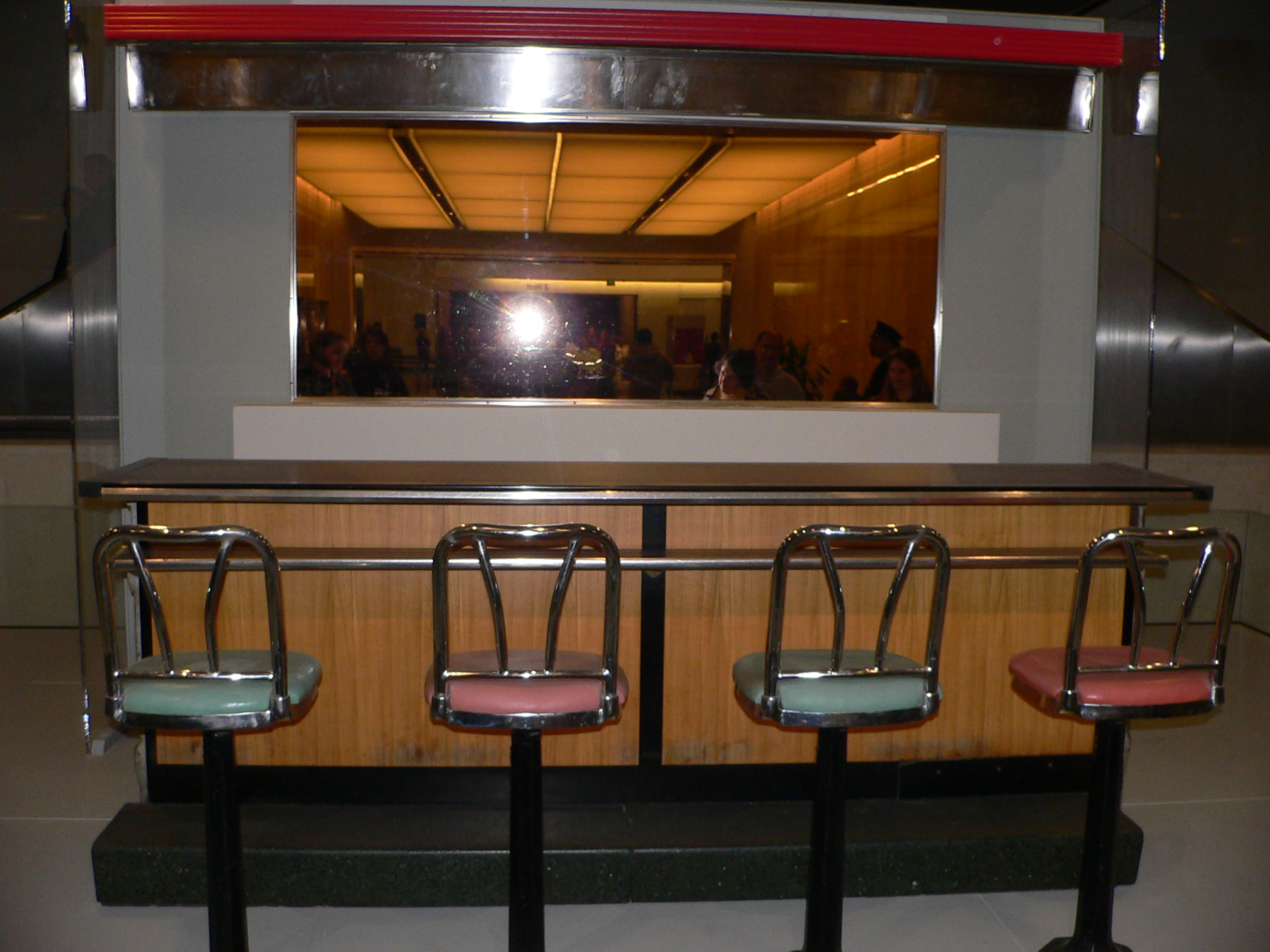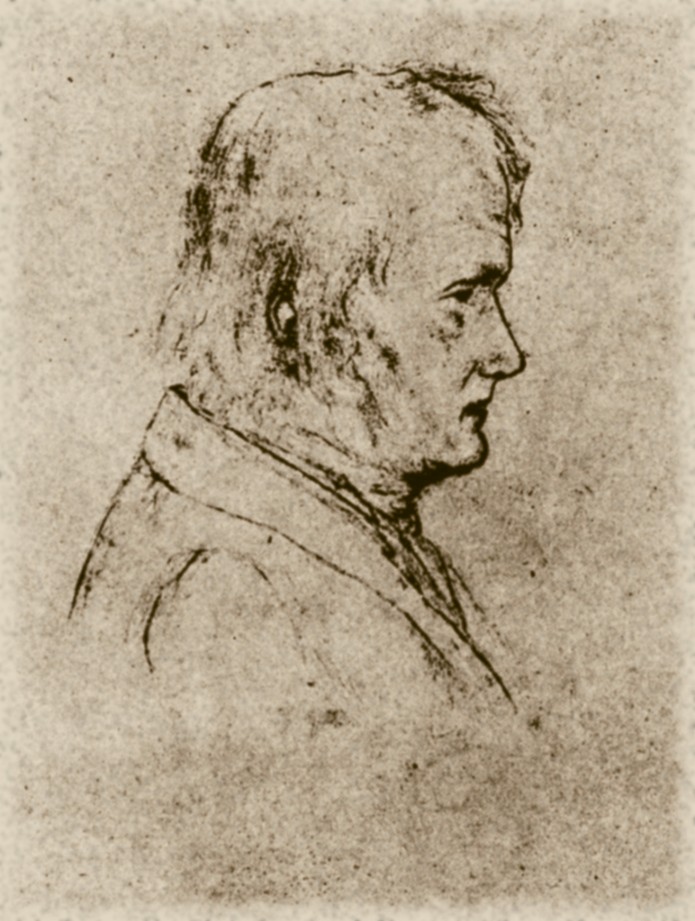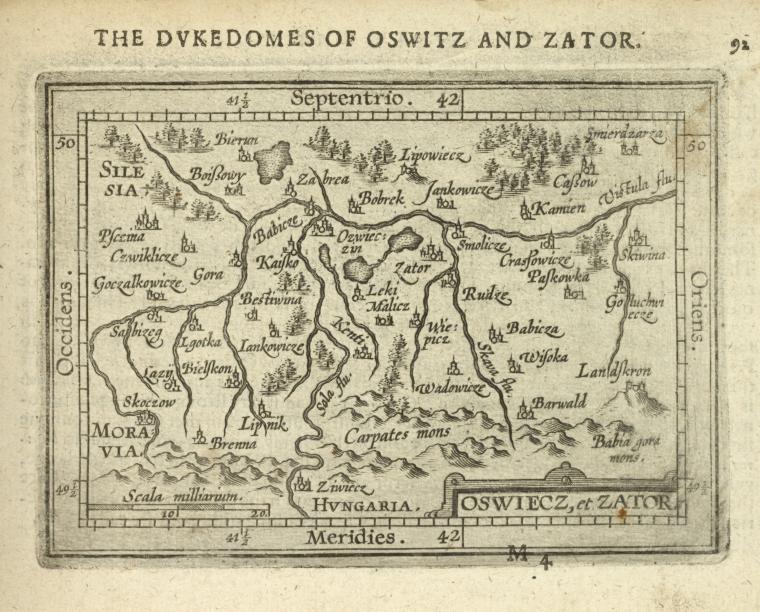|
Martin Leiner
Martin Leiner (born 30 November 1960 in Homburg/Saar) is a German Protestant theologian and a professor for applied ethics. He holds a chair in Systematic Theology/Ethics at the Faculty of Theology at Friedrich-Schiller-Universität (FSU) Jena, Germany. He is the founder and director of the Jena Center for Reconciliation Studies (JCRS). He was president of the International Association for Reconciliation Studies (IARS) from 2020 to 2024. Biography Leiner studied philosophy and Protestant theology at the University of Tübingen. In 1994, the Faculty of Theology at the University of Heidelberg awarded him the degree of Dr. theol., for a dissertation in New Testament on “Psychologie und Exegese. Grundfragen einer textpsychologischen Interpretation des Neuen Testaments.“ The dissertation, written under the supervision of Prof. Dr. Gerd Theißen, develops a model of interdisciplinary cooperation between the historical and literary approaches in New Testament Studies and the fi ... [...More Info...] [...Related Items...] OR: [Wikipedia] [Google] [Baidu] |
Homburg, Saarland
Homburg (; , ; ) is a town in Saarland, Germany and the administrative seat of the Saarpfalz district. With a population of 43,029 inhabitants (2022), it is the third largest town in the state. The city offers over 30,000 workplaces. The medical department of the University of Saarland is situated here. The city is also home to the Karlsberg beer brewery. Major employers include Robert Bosch GmbH, Schaeffler Group and Michelin. Geography Homburg is located in the northern part of the Saarpfalz district, bordering Rhineland-Palatinate. It is 16 km from Neunkirchen and 36 km from Saarbrücken. The city districts are situated in the Blies valley or on its tributaries Erbach, Lambsbach and Schwarzbach. Homburg is composed of Homburg center and nine city districts: Beeden, Bruchhof-Sanddorf, Einöd, Erbach, Jägersburg, Kirrberg, Reiskirchen, Schwarzenbach and Wörschweiler. Einöd includes: Einöd, Ingweiler and Schwarzenacker; Jägersburg includes Jäg ... [...More Info...] [...Related Items...] OR: [Wikipedia] [Google] [Baidu] |
Occupation Of Poland (1939–1945)
During World War II, Poland was occupied by Nazi Germany and the Soviet Union following the invasion in September 1939, and it was formally concluded with the defeat of Germany by the Allies in May 1945. Throughout the entire course of the occupation, the territory of Poland was divided between Nazi Germany and the Soviet Union (USSR), both of which intended to eradicate Poland's culture and subjugate its people. In the summer-autumn of 1941, the lands which were annexed by the Soviets were overrun by Germany in the course of the initially successful German attack on the USSR. After a few years of fighting, the Red Army drove the German forces out of the USSR and crossed into Poland from the rest of Central and Eastern Europe. Sociologist Tadeusz Piotrowski argues that both occupying powers were hostile to the existence of Poland's sovereignty, people, and the culture and aimed to destroy them. Before Operation Barbarossa, Germany and the Soviet Union coordinated th ... [...More Info...] [...Related Items...] OR: [Wikipedia] [Google] [Baidu] |
Living People
Purpose: Because living persons may suffer personal harm from inappropriate information, we should watch their articles carefully. By adding an article to this category, it marks them with a notice about sources whenever someone tries to edit them, to remind them of WP:BLP (biographies of living persons) policy that these articles must maintain a neutral point of view, maintain factual accuracy, and be properly sourced. Recent changes to these articles are listed on Special:RecentChangesLinked/Living people. Organization: This category should not be sub-categorized. Entries are generally sorted by family name In many societies, a surname, family name, or last name is the mostly hereditary portion of one's personal name that indicates one's family. It is typically combined with a given name to form the full name of a person, although several give .... Maintenance: Individuals of advanced age (over 90), for whom there has been no new documentation in the last ten ... [...More Info...] [...Related Items...] OR: [Wikipedia] [Google] [Baidu] |
People From Homburg, Saarland
The term "the people" refers to the public or common mass of people of a polity. As such it is a concept of human rights law, international law as well as constitutional law, particularly used for claims of popular sovereignty. In contrast, a people is any plurality of persons considered as a whole. Used in politics and law, the term "a people" refers to the collective or community of an ethnic group or nation. Concepts Legal Chapter One, Article One of the Charter of the United Nations states that "peoples" have the right to self-determination. Though the mere status as peoples and the right to self-determination, as for example in the case of Indigenous peoples (''peoples'', as in all groups of indigenous people, not merely all indigenous persons as in ''indigenous people''), does not automatically provide for independent sovereignty and therefore secession. Indeed, judge Ivor Jennings identified the inherent problems in the right of "peoples" to self-determination, as i ... [...More Info...] [...Related Items...] OR: [Wikipedia] [Google] [Baidu] |
Academic Staff Of The University Of Jena
An academy (Attic Greek: Ἀκαδήμεια; Koine Greek Ἀκαδημία) is an institution of tertiary education. The name traces back to Plato's school of philosophy, founded approximately 386 BC at Akademia, a sanctuary of Athena, the goddess of wisdom and skill, north of Athens, Greece. The Royal Spanish Academy defines academy as scientific, literary or artistic society established with public authority and as a teaching establishment, public or private, of a professional, artistic, technical or simply practical nature. Etymology The word comes from the ''Academy'' in ancient Greece, which derives from the Athenian hero, ''Akademos''. Outside the city walls of Athens, the gymnasium was made famous by Plato as a center of learning. The sacred space, dedicated to the goddess of wisdom, Athena, had formerly been an olive grove, hence the expression "the groves of Academe". In these gardens, the philosopher Plato conversed with followers. Plato developed his sessions ... [...More Info...] [...Related Items...] OR: [Wikipedia] [Google] [Baidu] |
21st-century German Protestant Theologians
File:1st century collage.png, From top left, clockwise: Jesus is crucified by Roman authorities in Judaea (17th century painting). Four different men (Galba, Otho, Vitellius, and Vespasian) claim the title of Emperor within the span of a year; The Great Fire of Rome (18th-century painting) sees the destruction of two-thirds of the city, precipitating the empire's first persecution against Christians, who are blamed for the disaster; The Roman Colosseum is built and holds its inaugural games; Roman forces besiege Jerusalem during the First Jewish–Roman War (19th-century painting); The Trưng sisters lead a rebellion against the Chinese Han dynasty (anachronistic depiction); Boudica, queen of the British Iceni leads a rebellion against Rome (19th-century statue); Knife-shaped coin of the Xin dynasty., 335px rect 30 30 737 1077 Crucifixion of Jesus rect 767 30 1815 1077 Year of the Four Emperors rect 1846 30 3223 1077 Great Fire of Rome rect 30 1108 1106 2155 Boudican revolt ... [...More Info...] [...Related Items...] OR: [Wikipedia] [Google] [Baidu] |
1960 Births
It is also known as the " Year of Africa" because of major events—particularly the independence of seventeen African nations—that focused global attention on the continent and intensified feelings of Pan-Africanism. Events January * January 1 – Cameroon becomes independent from France. * January 9– 11 – Aswan Dam construction begins in Egypt. * January 10 – British Prime Minister Harold Macmillan makes the "Wind of Change" speech for the first time, to little publicity, in Accra, Gold Coast (modern-day Ghana). * January 19 – A revised version of the Treaty of Mutual Cooperation and Security between the United States and Japan ("U.S.-Japan Security Treaty" or "''Anpo (jōyaku)''"), which allows U.S. troops to be based on Japanese soil, is signed in Washington, D.C. by Prime Minister Nobusuke Kishi and President Dwight D. Eisenhower. The new treaty is opposed by the massive Anpo protests in Japan. * January 21 ** Coalbrook mining disaster: A coal mine ... [...More Info...] [...Related Items...] OR: [Wikipedia] [Google] [Baidu] |
Vandenhoeck & Ruprecht
Vandenhoeck & Ruprecht (V&R) is a scholarly publishing house based in Göttingen, Germany. It was founded in 1735 by (1700–1750) in connection with the establishment of the Georg-August-Universität in the same city. After Abraham Vandenhoeck's death in 1750, his English-born widow, Anna Vandenhoeck, née Parry (d. 1787) successfully continued the business together with Carl Friedrich Günther Ruprecht (born 1730), who had entered the business as an eighteen-year-old apprentice in 1748. At the death of Anna Vandenhoeck in 1787, Ruprecht took over the business which he led until his death in 1816, when he was succeeded by his 25-year-old son Carl August Adolf Ruprecht (1791-1861). The management of the company remained in the hands of the Ruprecht family for seven generations. The traditional core areas of the publications of V&R are Theology and Religion, History, Ancient History, Philosophy and Philology. Current production also includes schoolbooks and non-academic pu ... [...More Info...] [...Related Items...] OR: [Wikipedia] [Google] [Baidu] |
Hyperion (Hölderlin Novel)
''Hyperion'' is an epistolary novel by German poet Friedrich Hölderlin. Originally published in two volumes in 1797 (Volume 1) and 1799 (Volume 2), respectively, the full title is ''Hyperion; or, The Hermit in Greece'' (German: "''Hyperion; oder, Der Eremit in Griechenland''"). Each volume is divided into two books. The work is told in the form of letters from the protagonist, Hyperion, to his German friend Bellarmin, alongside a few letters between Hyperion and his love Diotima in the second volume of the novel, and is noted for its philosophical classicism and expressive imagery. Origin Hölderlin began working on ''Hyperion'' in 1792, as a 22-year-old student at the Tübinger Stift. He further developed it while serving as a Hofmeister on the estate of Charlotte von Kalb, and put finishing touches to the novel while receiving lectures from Johann Gottlieb Fichte at the University of Jena. Plot ''Hyperion'' is set in Greece and deals with invisible forces, conflicts, ... [...More Info...] [...Related Items...] OR: [Wikipedia] [Google] [Baidu] |
Friedrich Hölderlin
Johann Christian Friedrich Hölderlin (, ; ; 20 March 1770 – 7 June 1843) was a Germans, German poet and philosopher. Described by Norbert von Hellingrath as "the most German of Germans", Hölderlin was a key figure of German Romanticism. Particularly due to his early association with and philosophical influence on Georg Wilhelm Friedrich Hegel and Friedrich Wilhelm Joseph Schelling, he was also an important thinker in the development of German Idealism. Born in Lauffen am Neckar, Hölderlin had a childhood marked by bereavement. His mother intended for him to enter the Lutheran ministry, and he attended the Tübinger Stift, where he was friends with Hegel and Schelling. He graduated in 1793 but could not devote himself to the Christian faith, instead becoming a tutor. Two years later, he briefly attended the University of Jena, where he interacted with Johann Gottlieb Fichte and Novalis, before resuming his career as a tutor. He struggled to establish himself as a poet, ... [...More Info...] [...Related Items...] OR: [Wikipedia] [Google] [Baidu] |
Oświęcim
Oświęcim (; ; ; ) is a town in the Lesser Poland Voivodeship in southern Poland, situated southeast of Katowice, near the confluence of the Vistula (''Wisła'') and Soła rivers. Oświęcim dates back to the 12th century, when it was an important castellan seat. From 1315 to 1457 it was the seat of a local line of the Piast dynasty, and from 1564 to 1772 it was a royal city of the Kingdom of Poland, with the Oświęcim Castle, Ducal and Royal Castle and several Middle Ages, medieval Gothic architecture, Gothic churches among the city's landmarks. Located on the east-west trade route, it was an important hub for trade, especially in salt from Wieliczka Salt Mine, Wieliczka. In the interwar period, Oświęcim was a garrison town for the Polish Army, and during the Occupation of Poland (1939–1945), German occupation of Poland in World War II, the former barracks were expanded to host the infamous German Nazi Auschwitz concentration camp (also known as KL or KZ Auschwitz Birke ... [...More Info...] [...Related Items...] OR: [Wikipedia] [Google] [Baidu] |




